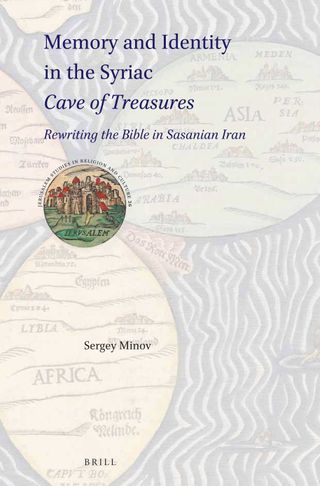Book
Memory and Identity in the Syriac Cave of Treasures: Rewriting the Bible in Sasanian Iran
In Memory and Identity in the Syriac Cave of Treasures: Rewriting the Bible in Sasanian Iran Sergey Minov examines literary and socio-cultural aspects of the Syriac pseudepigraphic composition known as the Cave of Treasures, which offers a peculiar version of the Christian history of salvation. The book fills a lacuna in the history of Syriac Christian literary creativity by contextualising this unique work within the cultural and religious situation of Sasanian Mesopotamia towards the end of Late Antiquity. The author analyses the Cave’s content and message from the perspective of identity theory and memory studies, while discussing its author’s emphatically polemical stand vis-à-vis Judaism, the ambivalent way in which he deals with Iranian culture, and the promotion in this work of a distinctively Syriac-oriented vision of the biblical past.
